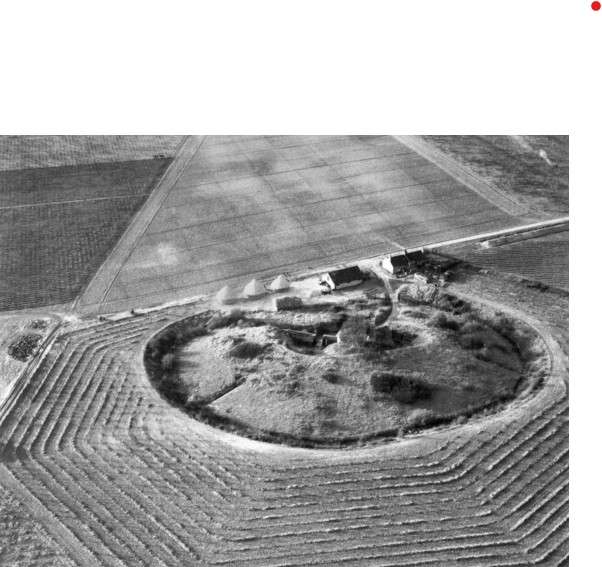Fort Farningham
7th November 2020

Somewhere near Pedham Place and sited to give a commanding field of fire over the Darent Valley, are the almost complete remains of an interesting military building constructed towards the end of the 19th century. Whilst often referred to as a "fort" it is in fact one of a series of defended storehouses erected during the period 1890-96 as part of an ambitious scheme for the defence of London.
During the 1880s there was considerable unease about the ability of the Royal Navy to defend our shores against the landing of hostile enemy troops. Battleship production among the European powers, particularly Germany, France and Russia was proceeding at an alarming rate and some of our legislators considered that there was an urgent need to make provision for the defence of London against an overland attack from the general direction of the South-East coast.
Recommendations were made for a defensive line occupying the ridge of the chalk escarpment from Guildford to Knockholt and up the western ridge of the Darent valley and on into South Essex. Ultimately the line would probably have been formed of light entrenchments with redoubts and fortified storehouses, making maximum use of the concealment offered by the terrain. In time of war, Volunteer infantry and artillery from London would have manned the line, and carefully co-ordinated overlapping arcs of fire covering the forward ground would have been devised. The storehouses were to act as forming-up points for the Volunteers who were to move to predetermined places in the line.
Already filled with ammunition and supplies, the storehouses would have met the immediate demands of defence. Of this defensive line only, the defended storehouses were built. Many were sited at strategic locations which even today would be ideal for artillery defence and so their admitted similarity to battery-like fortifications makes it easy to see how they have often been mistaken for forts.
The Farningham storehouse is typical of the 15 others which were built. It consists of a system of underground casemates and storerooms covered with an earthen mound as defence against the penetration of enemy shells. The position is surrounded by a deep ditch and there are remains of a metal fence to prevent escalade. The most likely direction of incoming shells was from the east and so the entrance was placed on the western side.
The storehouse was not in any way self-defensible and was never intended to be anything more than a 'larder' for the guns. What defences it had were merely token. A lodge with loopholes was built to the rear of the storehouse but it could hardly have formed any military function beyond the quarters for the caretaker.
By the middle of the first decade of the 20th century faith in the ability of the Royal Navy was restored and the idea of the defensive line was dropped. The image shows the Fort from the air in 1948.
Courtesy of Victor Smith, Front Line Kent
ISNB:1-901509-64-8
